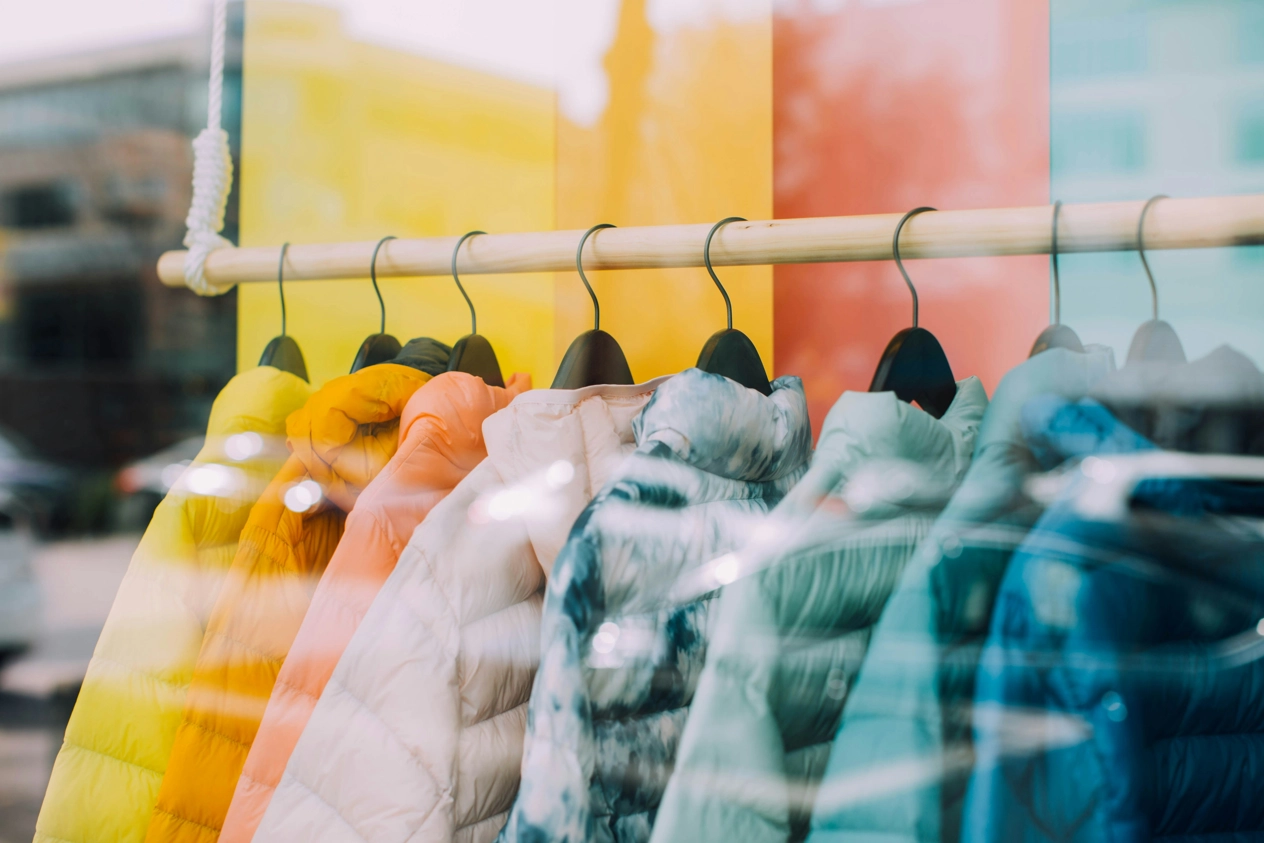- Article
In this blog post we’ve gathered hands-on tips on how to optimize configurations in your M3 ERP to reach maximum AP automation levels in Medius.

Customer cases
See how we help our customers overcome their biggest challenges and position them for sustained long-term growth.
Find us here
Join our Columbus newsletter
Sign up and stay updated to our latest insights.





